Have You Set Up Your Social Media Privacy Correctly?
In today’s digital age, social media is an integral part of our lives, allowing us to connect, share, and communicate with friends and family across the globe. However, with this connectivity comes significant responsibility. Have you ever stopped to think about how much personal information you share online? Or who might be watching? Setting up your social media privacy correctly is not just a smart move; it’s essential for protecting your personal information and maintaining control over your online presence. In this article, we will delve into the importance of social media privacy, explore common privacy settings across various platforms, and share best practices to ensure your digital footprint remains secure.
Social media privacy refers to the measures you take to protect your personal information from being accessed by unauthorized users. Think of it as a digital fortress; the stronger your walls, the less likely unwanted guests can intrude. The significance of social media privacy cannot be overstated. Every post, comment, and photo you share contributes to your digital footprint, which can impact everything from your reputation to your safety. It's essential to understand that once something is online, it can be challenging to erase completely. Therefore, knowing how to manage your privacy settings is crucial to safeguarding your identity in the vast online landscape.
Most social media platforms come equipped with various privacy settings designed to help users protect their information. Adjusting these settings can significantly enhance your account's security and limit exposure to unwanted audiences. Here are some essential settings you should consider:
Your profile visibility settings determine who can see your posts and personal information. By customizing these settings, you can safeguard your profile from strangers and unwanted followers. For instance, consider setting your profile to “Friends Only” to restrict access to your content. This simple act can make a world of difference in protecting your privacy.
Managing friend requests is crucial for maintaining privacy. Always filter requests and accept connections only from known individuals. It’s tempting to accept a request from someone you might have met once, but remember, every new connection is a potential risk. By being selective, you can significantly reduce the chances of sharing your personal information with strangers.
Choosing between a public or private account can significantly affect your privacy. A public account allows anyone to see your posts, which can be great for visibility but risky for personal safety. On the other hand, a private account restricts access to your content, ensuring that only approved followers can see what you share. Weigh the pros and cons of each option carefully to make an informed decision that aligns with your comfort level.
Content sharing options dictate how your posts are viewed and shared. To engage with your audience effectively while protecting your privacy, consider the following best practices:
- Limit the audience for each post: Most platforms allow you to choose who can see each post individually.
- Be cautious with tagging: Avoid tagging your location in real-time or sharing sensitive information.
- Think before you share: Always ask yourself if the content you’re about to share is something you’d be comfortable with everyone seeing.
Regularly monitoring your online presence helps you stay aware of what information is available about you. This proactive approach can empower you to take control of your digital footprint. Tools like Google Alerts can notify you whenever your name appears online, allowing you to manage your reputation actively.
Searching your name on Google can reveal what others see about you. This simple act can be eye-opening. You might be surprised at what pops up! Take the time to conduct this search and interpret the results. It will give you a clearer picture of your online presence and help you identify any potential privacy issues.
Setting up alerts for your name or personal information can keep you informed about any new mentions online. This can be particularly beneficial for managing your reputation and ensuring that you are aware of any potential privacy breaches. Learn how to set these alerts up on Google or other platforms to stay one step ahead.
Implementing best practices is essential for maintaining privacy on social media. Here are actionable steps you can take to enhance your security and protect your personal data:
Social media platforms frequently update their privacy policies. It’s crucial to review and adjust your privacy settings regularly to stay protected. Take the time to familiarize yourself with any new features or changes that could impact your privacy.
Being aware of common social media scams can help you avoid falling victim to them. Educate yourself on the signs of scams and how to report them effectively. Remember, staying informed is your best defense against potential threats.
Q: How can I check if my privacy settings are correctly configured?
A: Most platforms provide a privacy check-up tool that guides you through your settings. It's a good idea to use these tools regularly.
Q: What should I do if I feel my privacy has been compromised?
A: Change your passwords immediately, review your privacy settings, and consider reporting the incident to the platform.
Q: Are there any tools to help me manage my online presence?
A: Yes! Tools like Google Alerts and privacy management services can help you monitor your online presence and alert you to any changes.
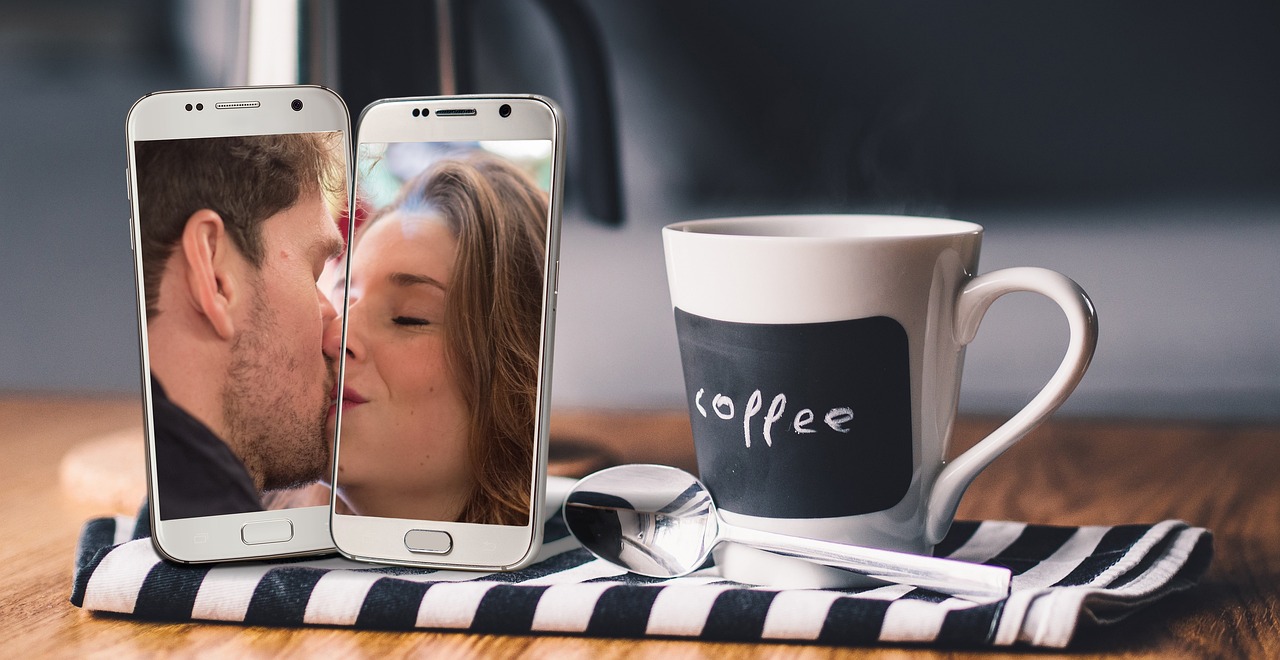
[Understanding Social Media Privacy]
In today's digital age, where sharing every moment of our lives has become the norm, understanding social media privacy is more important than ever. Social media privacy refers to the measures and settings we put in place to protect our personal information from prying eyes. It's not just about keeping your pictures private; it's about maintaining control over your digital identity and ensuring that your personal data remains secure. With the rise of data breaches and online scams, the need to safeguard your information has never been more critical.
Think of your social media profile as a window into your life. Just like you wouldn't want strangers peering into your home, you shouldn't allow just anyone to access your personal details online. Every post, comment, or like contributes to your digital footprint, which can be tracked and analyzed by marketers, hackers, and even potential employers. The significance of social media privacy lies in the fact that once something is shared online, it can be nearly impossible to take back.
Moreover, the implications of poor social media privacy can extend beyond just unwanted attention. Personal information can be misused in various ways, such as identity theft or cyberbullying. For instance, a seemingly innocent post about your vacation plans can alert burglars that your home is empty. Therefore, understanding how to manage your privacy settings is not just about keeping your posts private; it’s about protecting your entire online presence.
To illustrate the importance of social media privacy, consider the following:
| Risk | Impact |
|---|---|
| Identity Theft | Your personal information can be used to impersonate you, leading to financial loss. |
| Cyberbullying | Inadequate privacy can expose you to harassment and negative comments from strangers. |
| Data Misuse | Companies can exploit your data for targeted advertising or sell it without your consent. |
By taking the time to understand how social media privacy works, you can create a safer online environment for yourself. This involves familiarizing yourself with the privacy settings of each platform you use, as they often vary significantly. For example, platforms like Facebook and Instagram offer granular controls that allow you to decide who sees your posts, while others may have more general settings. Understanding these options is your first step toward maintaining a secure online presence.
In conclusion, social media privacy is not just a technical concern; it's a crucial aspect of your overall online safety. By being proactive and informed about your privacy settings, you can protect your personal information from unwanted exposure and maintain control over your digital life. Remember, in the world of social media, you are the gatekeeper of your own information. So, take charge and make your online presence as secure as possible!
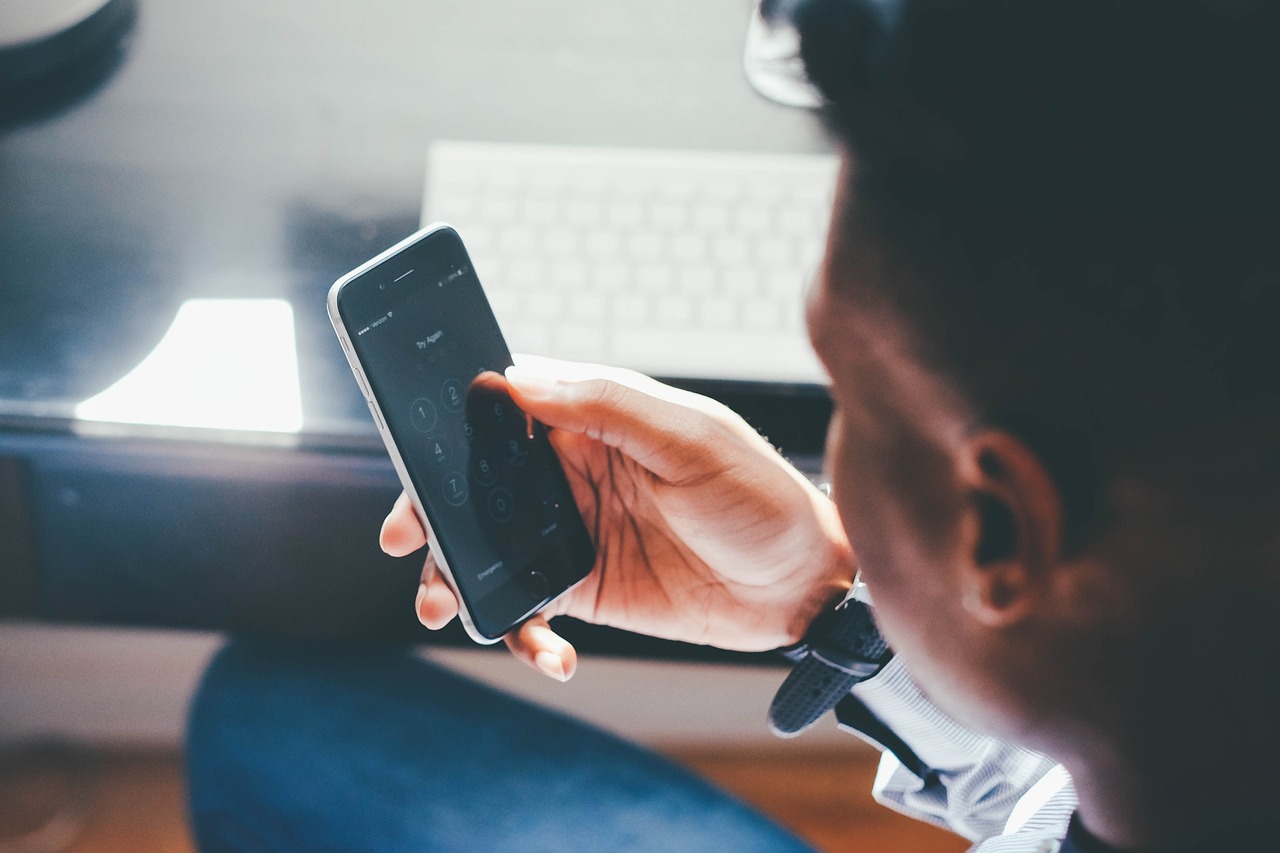
[Common Privacy Settings]
When it comes to social media, privacy settings are your first line of defense against unwanted attention and exposure. Think of these settings as the locks on your front door; they determine who gets to come in and see what’s behind the scenes. Most social media platforms offer a variety of privacy settings designed to help you control your personal information. However, many users overlook these essential features, leaving their accounts vulnerable. By adjusting these settings, you can significantly enhance your account's security and limit exposure to unwanted audiences.
One of the most critical aspects of privacy settings is profile visibility. This setting dictates who can see your posts and personal information. You may not realize it, but your default settings might allow everyone, including strangers, to view your profile. Customizing your profile visibility is crucial for safeguarding your information. For instance, if you’re a frequent poster, consider limiting your visibility to friends only. This way, you can share your thoughts and experiences without the fear of being scrutinized by the public eye.
To customize your profile visibility, navigate to your account settings. Most platforms provide options such as “Public,” “Friends Only,” or “Custom.” If you choose “Custom,” you can specify exactly who can see your posts. This is particularly useful if you want to share certain updates with a select group of friends while keeping your profile private from others. Always remember, the more control you have over who sees your content, the safer you will feel online.
Another vital component of social media privacy is managing friend requests. It’s tempting to accept every request that comes your way, especially if you’re looking to grow your social network. However, doing so can expose you to potential risks. Always filter your friend requests and only accept connections from people you know. This simple step can prevent unwanted interactions and help maintain your privacy. Think of it this way: would you let a stranger into your home? Probably not, so why let them into your online life?
One of the most significant decisions you’ll make regarding your social media privacy is whether to keep your account public or private. A public account allows anyone to see your posts, which can be great for exposure if you’re a business or influencer. However, it also means your personal information is out there for anyone to find. On the other hand, a private account restricts your posts to only those you approve, offering a layer of security. Weigh the pros and cons carefully; your choice can dramatically affect your online experience.
In addition to these settings, consider your content sharing options. These dictate how your posts are viewed and shared by others. For instance, many platforms allow you to limit who can share your posts or comment on them. By fine-tuning these settings, you can engage with your audience while still maintaining control over your content. It’s all about finding the right balance between sharing and safeguarding.
In conclusion, understanding and adjusting your privacy settings is essential for maintaining your security on social media. By taking the time to customize your profile visibility, manage friend requests, and choose between public and private accounts, you can significantly enhance your online safety. Remember, your social media presence is an extension of yourself—treat it with the same care you would your physical privacy.
- How do I change my privacy settings? - You can change your privacy settings by navigating to the settings menu on your social media platform and selecting the privacy options.
- What should I do if I receive a friend request from someone I don't know? - It's best to ignore or decline the request if you don't recognize the person.
- Are private accounts completely safe? - While private accounts offer more security, no online presence is entirely risk-free. Always remain vigilant about what you share.

[Profile Visibility]
When it comes to social media, profile visibility is one of the most critical aspects of maintaining your privacy. Think of your social media profile as a window into your life; you want to control who can peek inside. Most platforms allow you to customize these settings, enabling you to decide whether your profile is accessible to everyone, just your friends, or a select group of people. This control is essential because, without it, you might be sharing personal information with strangers who could misuse it.
Imagine posting a family photo or sharing your thoughts on a sensitive topic, only to find out later that it has been seen by someone you don’t know. It’s a bit like leaving your front door wide open while you’re not home. To avoid such scenarios, you need to dive into your profile settings and tailor them to suit your comfort level. Here’s a breakdown of how you can adjust your profile visibility:
- Public Profile: This means anyone on the internet can view your profile and posts. While it can increase your visibility, it also opens the door to unwanted attention.
- Friends Only: This setting restricts your profile to only those you have accepted as friends. It’s a safer option for those who want to keep their personal life private.
- Custom Settings: Many platforms allow you to create custom lists. This feature enables you to share content with specific groups while keeping it hidden from others.
Additionally, it’s crucial to regularly review your friend list and remove anyone who no longer fits your criteria for connection. Just as you wouldn’t want to share your secrets with a stranger, you shouldn’t allow just anyone access to your personal space online. Remember, each time you post something, you’re essentially inviting people into your life, so make sure those people are ones you trust.
Another aspect of profile visibility is the ability to limit who can see your friends list, posts, and even your tagged photos. By taking advantage of these settings, you can significantly reduce the risk of unwanted exposure. To check your settings:
| Social Media Platform | How to Adjust Profile Visibility |
|---|---|
| Go to Settings > Privacy > Who can see your future posts? | |
| Go to Settings > Privacy > Private Account | |
| Go to Settings and privacy > Privacy and safety > Protect your Tweets |
In conclusion, managing your profile visibility is not just about setting it and forgetting it. It requires ongoing attention and adjustments to ensure your online presence reflects your privacy preferences. So, take a moment to review your settings today. After all, in the digital age, protecting your personal information is more important than ever.
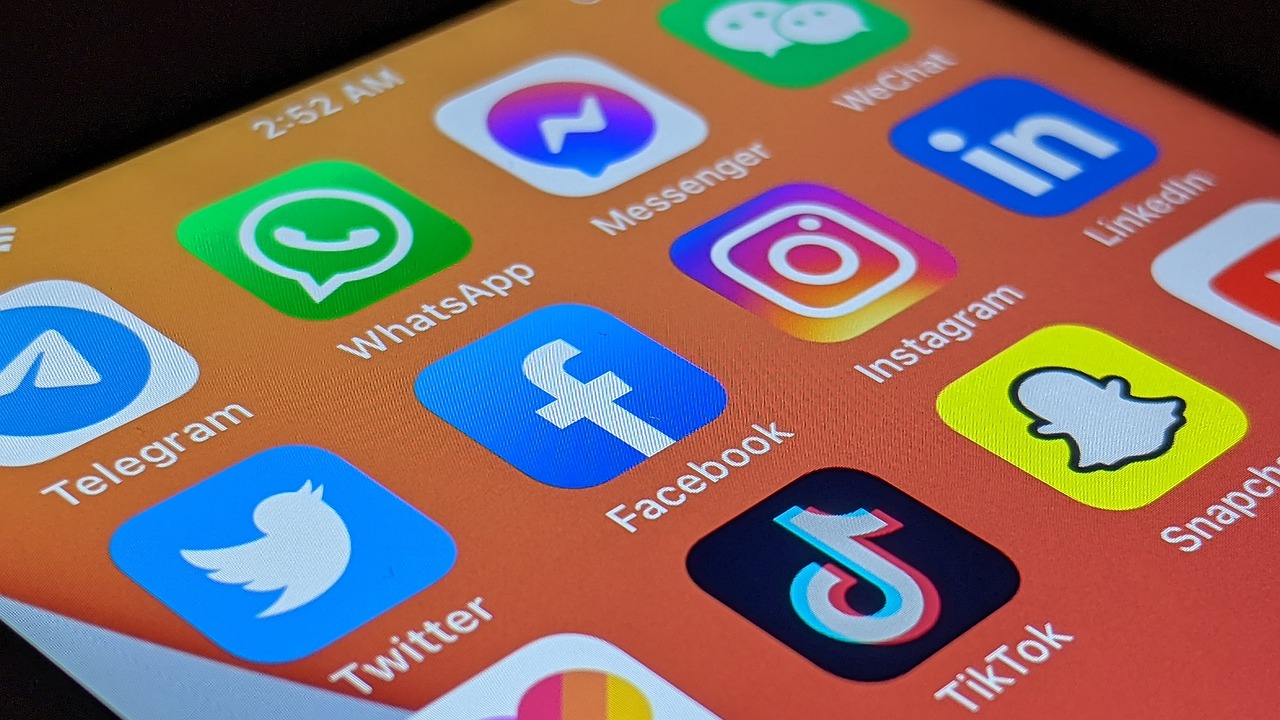
[Friend Requests]
Managing friend requests on social media is not just a trivial task; it's a crucial aspect of maintaining your privacy. Think of your social media account as your home. Would you leave your front door wide open, inviting anyone to stroll in? Of course not! The same principle applies to your online presence. By being selective about who you allow into your digital space, you can significantly reduce the risk of unwanted attention and potential threats.
When you receive a friend request, it's essential to evaluate the profile of the requester. Consider asking yourself questions like: Do I know this person? or Have we interacted before? If the profile seems suspicious or unfamiliar, it's wise to err on the side of caution. Remember, not everyone who sends you a request has good intentions. Some may be looking to gather personal information or engage in less-than-honorable activities.
Here are some tips to help you manage friend requests more effectively:
- Check Mutual Friends: If you have mutual friends, it might be a sign that the person is trustworthy. However, don't let this be the only factor in your decision.
- Look at Profile Activity: A profile with minimal activity or generic posts could indicate a fake account. Genuine users typically have a history of interactions.
- Review Privacy Settings: Make sure your settings restrict what non-friends can see. This way, even if you mistakenly accept a request, your information remains safeguarded.
Additionally, consider customizing your friend request settings. Most platforms allow you to limit who can send you requests. You can often choose to accept requests only from friends of friends or even turn off the feature altogether. This not only gives you greater control over your connections but also minimizes the chances of receiving unwanted requests.
In conclusion, being proactive about managing your friend requests is a fundamental step in protecting your social media privacy. Just like you wouldn’t invite strangers into your home, don’t feel obligated to accept every friend request that comes your way. Take your time, assess each request, and prioritize your safety and privacy above all else.
Q: What should I do if I accidentally accept a friend request from someone I don’t know?
A: If you've accepted a request from someone you're uncomfortable with, you can easily unfriend or block them. This will remove them from your friend list and prevent them from seeing your posts.
Q: Can I change my friend request settings after I've already set them?
A: Yes, you can modify your friend request settings at any time through the privacy settings of your social media account. It's a good practice to review these settings regularly.
Q: How can I identify fake profiles?
A: Look for signs such as a lack of personal photos, generic profile pictures, minimal posts, or a strange username. If something feels off, trust your instincts.
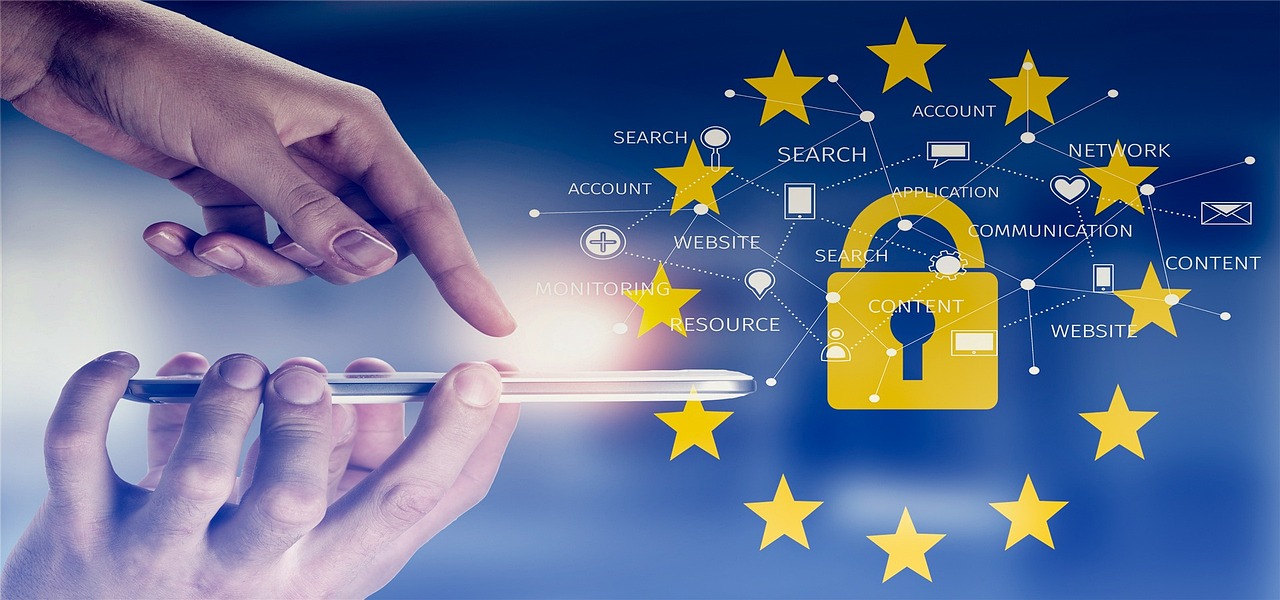
[Public vs. Private Accounts]
When it comes to social media, one of the most critical decisions you’ll make is whether to keep your account public or private. This choice can significantly impact your privacy and how you interact with others online. A public account allows anyone to view your posts, photos, and personal information, which can be great for networking or building a brand. However, it also opens the door for unwanted attention, whether from strangers, potential stalkers, or even employers who might be reviewing your online presence.
On the other hand, a private account offers a layer of protection, ensuring that only the people you approve can see your content. This is especially important if you share personal moments or thoughts that you wouldn’t want just anyone to see. With a private account, you have more control over who interacts with you, which can create a safer online environment. But, it’s essential to weigh these options carefully. A private account might limit your reach and engagement, which could be a disadvantage if you’re trying to grow your audience.
To help you understand the differences better, here’s a quick comparison:
| Feature | Public Account | Private Account |
|---|---|---|
| Visibility | Open to everyone | Restricted to approved followers |
| Control | Less control over who sees content | Full control over followers |
| Engagement | Higher potential for engagement | Limited engagement opportunities |
| Privacy | Lower privacy | Higher privacy |
Ultimately, the decision between a public or private account boils down to your personal goals and comfort levels. If you’re looking to connect with a broader audience or promote your business, a public account might be the way to go. But if you value your privacy and want to share your life with a select group of friends and family, opting for a private account could be the best choice.
Remember, regardless of your choice, it’s crucial to regularly review your privacy settings and be mindful of what you share online. Social media is a powerful tool, but with great power comes great responsibility!
- Can I switch my account from public to private later?
Yes, most social media platforms allow you to change your privacy settings at any time. Just remember that switching to private will limit who can see your past posts. - What should I consider when accepting friend requests?
Always check the profiles of those who send you requests. If they seem suspicious or unfamiliar, it’s best to decline. - Are there any drawbacks to having a public account?
Yes, while you gain visibility, you may also attract unwanted attention and have less control over who interacts with your content.

[Content Sharing]
When it comes to content sharing on social media, the way you manage your posts can greatly influence your online privacy. Think of it like throwing a party; you wouldn't invite just anyone off the street, right? Similarly, you should be selective about who gets to see your online activities. Sharing content isn't just about broadcasting your life; it's about maintaining a balance between engagement and privacy. So, how do you ensure that your sharing habits don't compromise your personal information?
First, it’s crucial to understand the different privacy settings available for your posts. Most social media platforms allow you to choose who can see your content, whether it's just your friends, a custom list, or the public. This is where you can take control. For example, if you’re sharing a personal milestone, you might want only close friends and family to see it. On the flip side, if you're promoting your blog or a business, a wider audience might be beneficial. The key is to tailor your audience based on the content you're sharing.
In addition to controlling visibility, consider the type of content you are posting. Here are some best practices to keep in mind:
- Think Before You Share: Always pause and consider how your post might be perceived. Could it potentially reveal too much about you?
- Limit Geotagging: Avoid tagging your location in real-time, as this can alert strangers to your whereabouts.
- Review Your Friends List: Regularly check who has access to your posts. Sometimes, old acquaintances may still be on your list, and you might not want them to see your updates.
Moreover, be cautious about sharing sensitive information. For instance, avoid posting your phone number, home address, or any financial details. These pieces of information can be incredibly valuable to malicious actors. Instead, focus on sharing content that reflects your personality and interests without compromising your safety. Remember, once something is posted online, it can be challenging to retract it, even if you delete it later.
Lastly, engage with your audience thoughtfully. Responding to comments and messages can foster a sense of community, but be mindful of the information you share in these interactions. Always remember that even in a seemingly private message, personal details can leak out if you're not careful. By practicing mindful content sharing, you can enjoy the benefits of social media while keeping your privacy intact.
Q1: How can I control who sees my posts?
A1: Most platforms allow you to adjust your privacy settings for each post. You can select options like 'Friends', 'Friends except...', or 'Only Me' to control visibility.
Q2: Is it safe to share my location on social media?
A2: It’s best to avoid sharing your location in real-time to protect your privacy. Consider sharing your location after you’ve left the area instead.
Q3: What should I do if I accidentally share something private?
A3: If you realize you've shared something you shouldn't have, delete it immediately and review your privacy settings to prevent similar occurrences in the future.
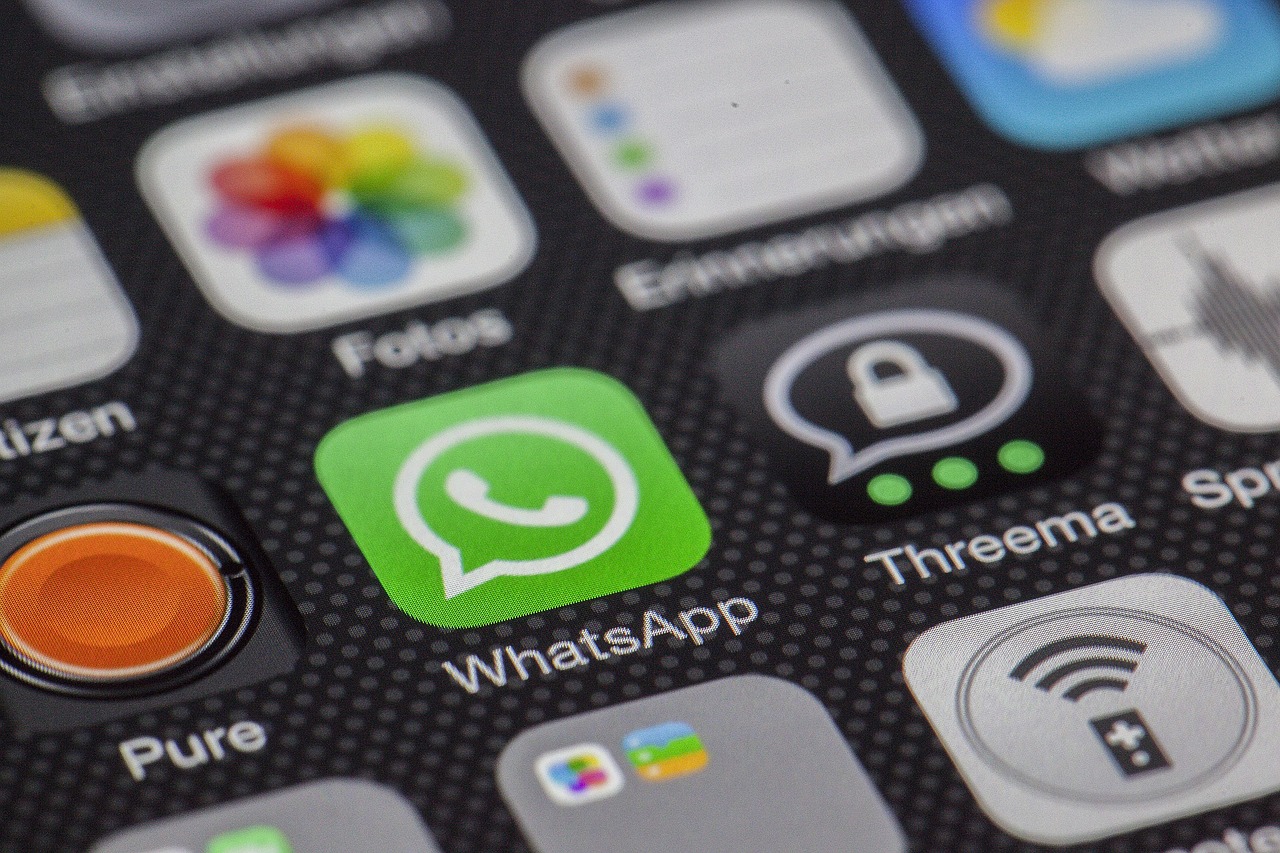
[Monitoring Your Online Presence]
In today’s digital age, keeping an eye on your online presence is not just a good idea; it’s essential. With the amount of personal information shared across various social media platforms, it’s easy to lose track of what’s out there about you. Monitoring your online presence allows you to manage your digital footprint effectively, ensuring that only the information you want to be visible is accessible to others. Think of it as a digital housecleaning; just as you wouldn’t want unwanted guests rummaging through your belongings, you don’t want strangers accessing your private information.
One of the best ways to start monitoring your online presence is by simply Googling yourself. This straightforward action can unveil a treasure trove of information about what others can see regarding your online persona. You might be surprised by what pops up! From old social media posts to news articles, the results can offer insight into how you are perceived online. It’s like shining a light into the dark corners of the internet where your information might be lurking.
But don’t stop at just searching your name. Setting up alerts for your name or any personal information can be a game-changer. Google Alerts is a free tool that notifies you whenever your specified keywords appear online. This means you can stay updated on any new mentions of your name, brand, or even specific interests. Imagine receiving an email whenever someone mentions you, allowing you to respond quickly or adjust your privacy settings accordingly. It’s like having a personal assistant keeping tabs on your digital reputation!
To help you visualize the importance of monitoring your online presence, consider the following table:
| Monitoring Method | Description | Benefits |
|---|---|---|
| Google Yourself | Search your name on Google to see what information is publicly available. | Gain insights into your online reputation and identify unwanted information. |
| Set Up Alerts | Use tools like Google Alerts to receive notifications about new mentions of your name. | Stay informed and manage your online presence proactively. |
| Social Media Audit | Review your social media profiles to ensure your privacy settings are up to date. | Control who sees your posts and personal information. |
By implementing these monitoring strategies, you can take control of your online presence and ensure that it reflects the image you want to portray. Remember, the internet is a vast ocean, and your personal data can easily drift into uncharted waters. Regularly checking your online presence is like having a compass that guides you back to safe shores.
In conclusion, monitoring your online presence is not just about protecting your privacy; it's about empowering yourself in the digital world. By staying informed and proactive, you can manage your reputation and keep your personal information safe from prying eyes. So, why not start today? Take a moment to Google yourself and set up those alerts. Your future self will thank you!
Q: Why is monitoring my online presence important?
A: Monitoring your online presence helps you manage your digital footprint, ensuring that only the information you want to be visible is accessible to others.
Q: How can I effectively Google myself?
A: Simply enter your name in the search bar and review the results. You can also try variations of your name or include additional keywords related to your interests.
Q: What are Google Alerts, and how do I set them up?
A: Google Alerts is a free service that sends you email notifications whenever your specified keywords appear online. To set it up, visit the Google Alerts website, enter your keywords, and choose your preferences.
Q: How often should I check my online presence?
A: It’s a good practice to check your online presence at least once a month, but more frequent checks are advisable if you are particularly active on social media or if you have recently made significant changes to your profiles.
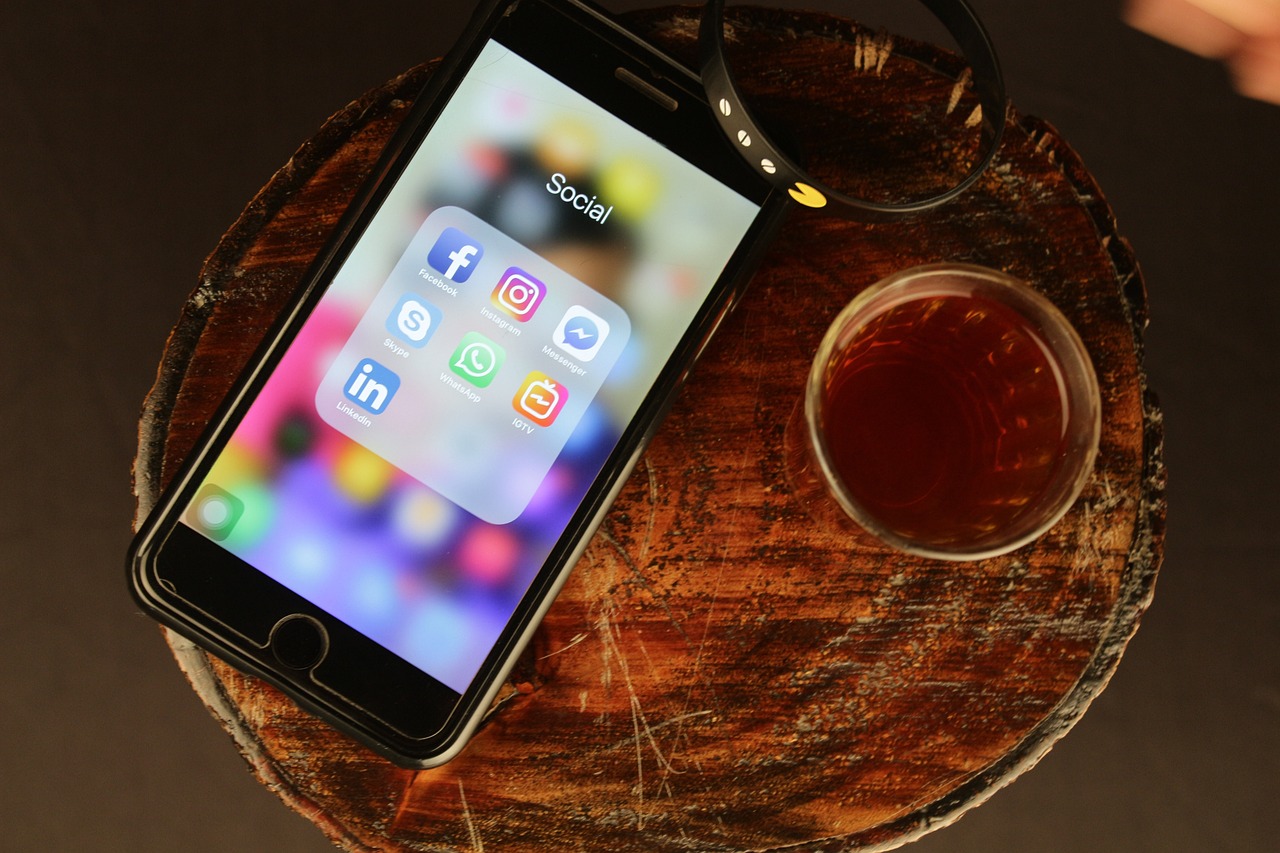
[Google Yourself]
Have you ever wondered what the internet says about you? Googling yourself might just be one of the most eye-opening experiences you can have in today’s digital age. It’s like peeking into a mirror that reflects not just your face but your entire online persona. By searching your name, you can uncover a treasure trove of information—some of it flattering, and some of it, well, not so much. This simple act can reveal everything from your social media profiles to news articles, blog posts, and even images associated with your name.
To start, simply type your name into the Google search bar. But hold on—don’t just hit enter and hope for the best! You might want to consider adding quotation marks around your name to ensure Google searches for that exact phrase. For example, searching for "John Doe" will yield more specific results than just John Doe. This technique is particularly useful if you have a common name, as it helps filter out irrelevant results.
Once you’ve hit search, take a moment to analyze the results. Are there any surprising links? Are there profiles or mentions that you didn’t even know existed? This is your chance to take control of your online narrative. If you find content that you’re uncomfortable with, don’t panic! There are steps you can take to manage your digital footprint.
Here’s a quick guide on what to do next:
- Check Privacy Settings: If you find social media profiles you didn’t realize were public, it’s time to tighten those privacy settings. Make sure only your trusted friends can see your posts.
- Request Removal: For any unwanted content, reach out to the website owner or platform to request removal. Most reputable sites have a process for this.
- Update Information: If there are outdated or incorrect details about you, consider updating them. This could mean correcting your job title or removing old photos.
Moreover, keep in mind that you’re not just looking for negative content. This exercise can also help you find positive mentions, like articles featuring your work or achievements. Celebrating these moments can serve as a reminder of your accomplishments and help build your online brand.
Lastly, remember that your online presence is constantly evolving. New content can appear at any time, so make it a habit to Google yourself regularly—maybe once every few months. This proactive approach ensures you stay informed about your online reputation and can act swiftly if something concerning pops up.
1. How often should I Google myself? It's a good idea to check your online presence every few months to stay updated on any new information that may appear.
2. What should I do if I find negative information about myself? Consider reaching out to the website owner for removal, tightening your privacy settings, or posting positive content to push down the negative links.
3. Can I completely erase my online presence? While it's challenging to erase everything, you can manage your digital footprint by adjusting privacy settings and requesting removal of unwanted content.
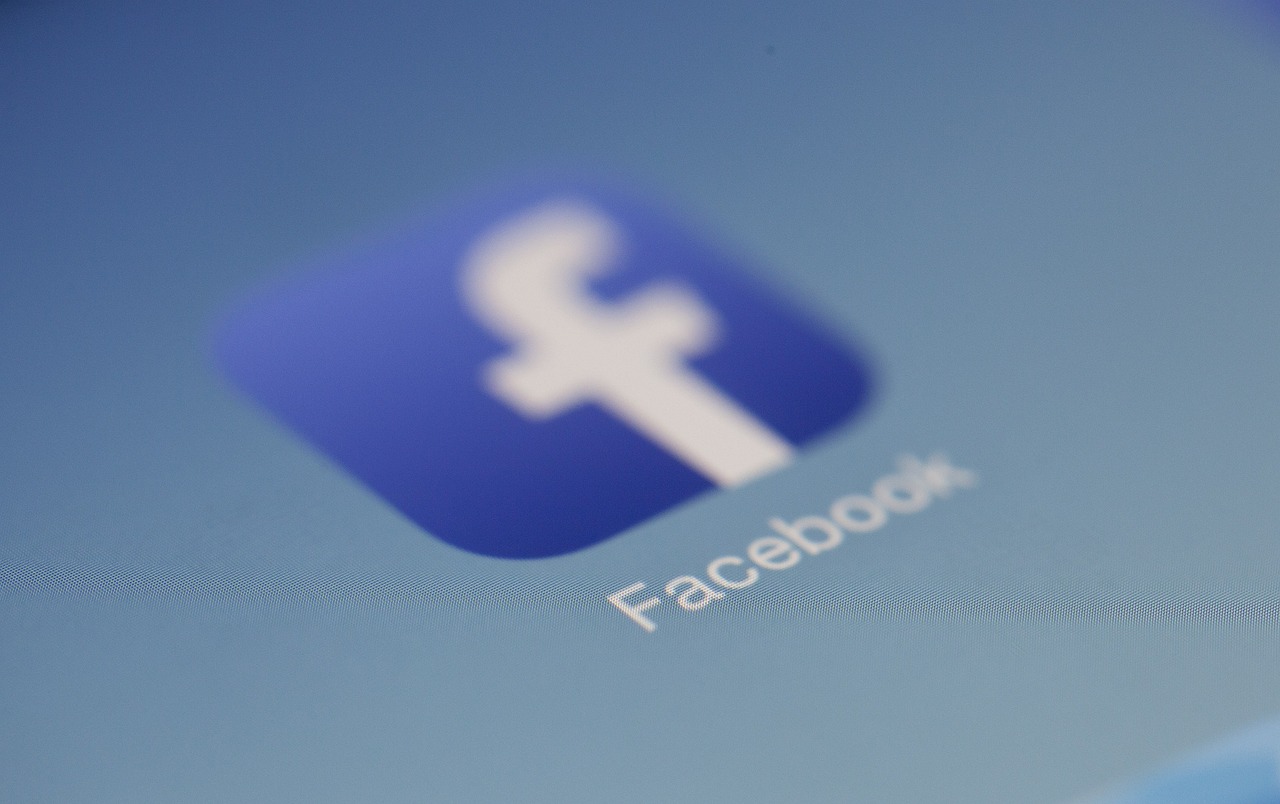
[Set Up Alerts]
Setting up alerts for your name or personal information is like having a personal security guard for your online presence. Imagine being notified every time someone mentions you or your details pop up somewhere on the internet. It’s a proactive approach to managing your privacy and staying informed about what’s being said about you. With the right tools, you can keep tabs on your digital footprint without having to constantly search for yourself.
One of the most effective ways to set up alerts is by using Google Alerts. This free service allows you to receive email notifications whenever new content is indexed that matches your specified keywords. Here’s how you can set it up:
- Go to Google Alerts.
- In the search bar, type your name or any other relevant keywords you want to monitor.
- Customize your settings by choosing how often you want to receive alerts, the sources you want to monitor, and the language.
- Enter your email address to receive the alerts.
This simple process ensures that you’re always in the loop about your online reputation. However, it’s essential to remember that not all mentions will be significant. Some may be benign, while others could require immediate attention. Therefore, it’s crucial to evaluate each alert carefully and determine whether it warrants a response.
Besides Google Alerts, there are various other tools and platforms available that can help you monitor your online presence. For instance, social media platforms often have built-in notification systems that can alert you when someone tags you or mentions you in a post. Additionally, services like BrandYourself or Reputation.com offer more comprehensive monitoring solutions, tracking mentions across multiple platforms and providing insights into your online reputation.
In a world where information spreads like wildfire, being proactive about your online presence is key. Setting up alerts is just one step in a larger strategy to maintain your social media privacy. By staying informed about your digital footprint, you can take action when necessary, whether that means adjusting your privacy settings, addressing negative comments, or simply being aware of how you are perceived online.
So, are you ready to take control of your online reputation? Setting up alerts is a small but significant step towards ensuring your social media privacy remains intact. Just like a vigilant watchdog, these alerts will keep you informed and ready to respond to any changes in your online narrative.
- What types of alerts can I set up? You can set up alerts for your name, business name, or any specific keywords related to your interests or profession.
- Are there any costs associated with setting up alerts? No, Google Alerts is a free service. However, some advanced monitoring tools may require a subscription.
- How often will I receive alerts? You can customize the frequency of alerts based on your preferences, choosing options from "as-it-happens" to "once a day."
- What should I do if I receive a negative alert? Assess the situation and decide whether to respond directly, report the content, or adjust your privacy settings accordingly.

[Best Practices for Social Media Privacy]
In today's digital age, where sharing is just a click away, maintaining your privacy on social media has never been more crucial. With the constant evolution of social media platforms, it's essential to stay updated on best practices to keep your personal information safe. Think of your social media profile as your digital front yard; just as you wouldn't leave your door wide open for strangers to wander in, you shouldn't leave your online presence unprotected. Here are some best practices that can help you tighten your security and enhance your privacy.
First and foremost, regularly updating your privacy settings is vital. Social media platforms frequently tweak their privacy policies, sometimes in ways that may not favor your security. It’s a good idea to set a reminder every few months to review your settings. This includes checking who can see your posts, who can send you friend requests, and how your information is shared with third parties. By staying proactive, you can ensure that your privacy settings align with your current comfort level.
Another essential practice is to educate yourself about scams. Social media is rife with scams that can compromise your privacy. From phishing attempts to fake profiles, understanding how these scams operate can significantly reduce your risk of falling victim to them. For instance, if you receive a friend request from someone you don’t know, take a moment to check their profile. Are their friends mostly strangers? Do they have a suspiciously low number of posts? These red flags can help you avoid unwanted connections.
Moreover, consider using a two-factor authentication (2FA) feature if your social media platform offers it. 2FA adds an extra layer of security by requiring not only your password but also a second piece of information, such as a code sent to your phone. This makes it much harder for someone to gain unauthorized access to your account, even if they manage to get hold of your password. Always remember that the more layers of protection you have, the safer you are.
Additionally, think carefully about what you share online. It’s easy to get caught up in the moment and post something without considering the potential consequences. Ask yourself questions like, “Would I be okay if this information was public?” or “Could this post be misinterpreted?” These reflections can help guide your sharing habits. It’s also advisable to adjust your content sharing settings, especially for sensitive information. For example, if you’re sharing a location or personal milestone, consider limiting the audience to just your close friends.
Finally, don’t forget to monitor your online presence. Regularly searching for your name on Google can help you see what information is publicly available about you. This practice can reveal any potential privacy leaks and allow you to take action if necessary. Setting up alerts for your name or specific keywords related to you can also keep you informed about any new mentions online. This way, you can respond quickly to any unwanted exposure.
By implementing these best practices, you can significantly enhance your social media privacy. Remember, your online presence is an extension of yourself; treating it with care is essential. Stay vigilant, stay informed, and most importantly, stay safe!
- What is the importance of social media privacy?
Social media privacy helps protect your personal information from unauthorized access and potential misuse. It allows you to control who sees your content and maintains your digital reputation. - How often should I update my privacy settings?
It’s advisable to review your privacy settings every few months or whenever there are significant updates to the platform’s policies. - What should I do if I suspect I have been scammed?
If you think you've been scammed, change your passwords immediately, report the scam to the platform, and monitor your accounts for unusual activity.

[Regularly Update Privacy Settings]
In the ever-evolving world of social media, staying ahead of privacy threats means more than just setting your account to private once and forgetting about it. Just like you wouldn’t leave the front door of your house unlocked without checking it regularly, you must frequently update your privacy settings to ensure your personal information remains secure. Social media platforms are constantly changing their privacy policies and features, which can leave your data vulnerable if you’re not proactive.
Imagine this: you set up your social media account with the highest security settings. You feel confident that your information is safe. But then, a few months later, the platform rolls out a new feature that defaults your profile visibility to public. Suddenly, all those careful measures you took are undone! That’s why it’s crucial to make it a habit to revisit your privacy settings regularly—at least every few months or whenever there’s a major update.
When you log in to your account, take a moment to navigate to the privacy settings section. Here’s what you should look for:
- Profile Visibility: Ensure that your profile is visible only to friends or followers you trust.
- Post Sharing: Check who can share your posts and whether you want to allow others to tag you in their content.
- Location Settings: Disable location tagging to prevent others from tracking your whereabouts.
Additionally, consider enabling two-factor authentication (2FA) if you haven’t done so already. This adds an extra layer of security, making it much harder for unauthorized users to access your account, even if they have your password. Remember, your privacy settings are like a shield around your personal information, so keeping them updated is essential for your online safety.
Lastly, don’t forget to review your friend list and connections. Sometimes, we add people out of courtesy or forget about those we no longer interact with. Regularly cleaning up your friend list can help ensure that only those you trust have access to your information. So, take a moment to ask yourself: Are there any connections that no longer serve my online safety? If the answer is yes, it’s time to hit that unfriend button!
Q: How often should I update my privacy settings?
A: It’s recommended to review your privacy settings every few months or whenever there’s a significant update from the platform.
Q: What should I do if I feel my account has been compromised?
A: Immediately change your password, enable two-factor authentication, and review your recent activity for any unauthorized actions.
Q: Can I customize who sees my posts?
A: Yes, most platforms allow you to customize your audience for each post, so you can share with friends, specific groups, or keep it private.
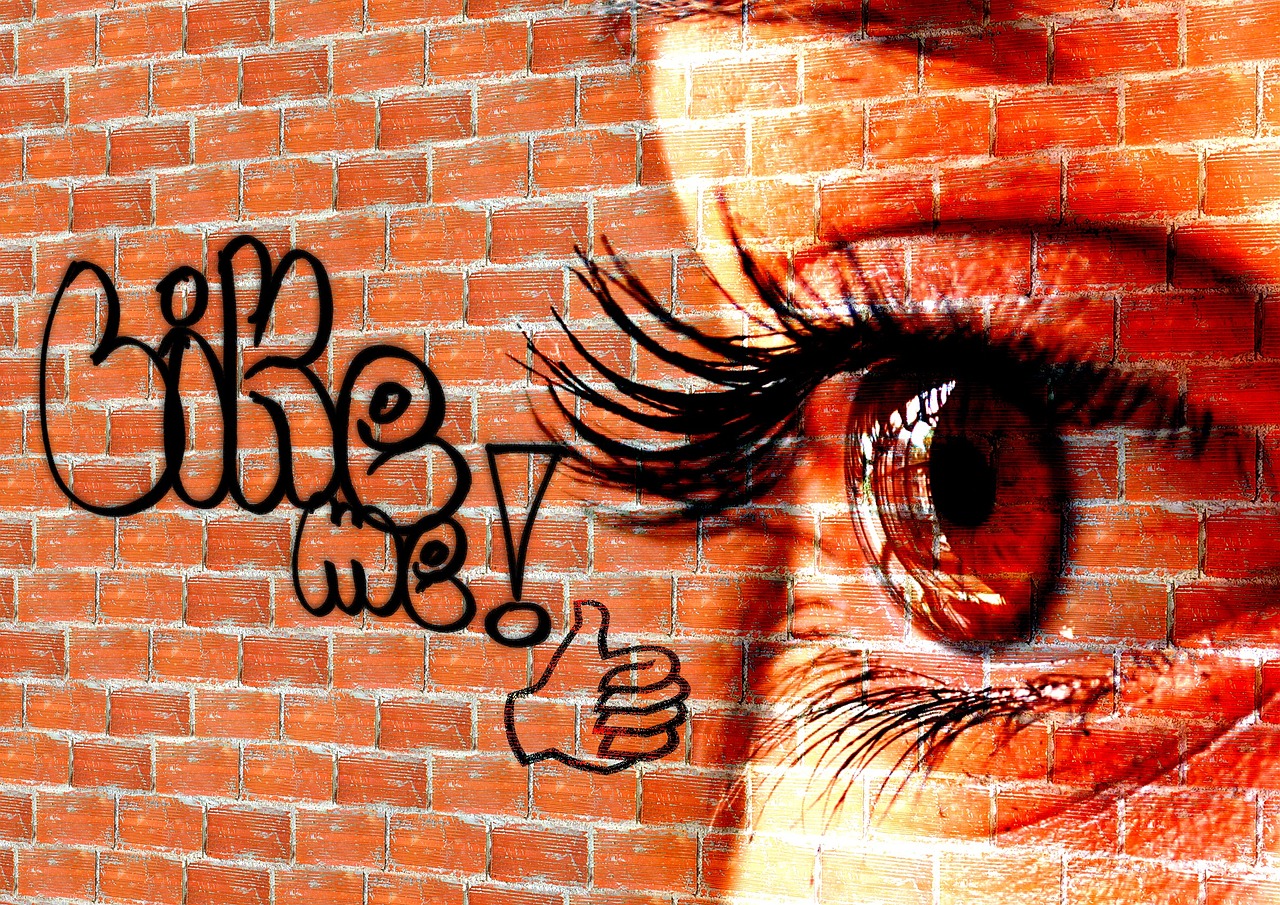
[Educate Yourself on Scams]
In today's digital age, social media scams are more prevalent than ever, and being aware of them is crucial for protecting your personal information. It's like walking through a crowded marketplace; you need to keep your valuables close and be aware of your surroundings. Scammers are constantly devising new tactics to exploit unsuspecting users, so educating yourself on the various types of scams is a vital step towards safeguarding your online presence.
One common type of scam is the phishing scam, where attackers impersonate legitimate organizations to steal your personal information. They often send messages that look official, urging you to click on links or provide sensitive data. For instance, you might receive a message that appears to be from your bank, asking you to verify your account details. Always remember: if it seems too good to be true, it probably is!
Another prevalent scam is the romance scam, where fraudsters create fake profiles to establish emotional connections with victims. They often lure individuals into sending money under the guise of needing help. The emotional manipulation involved can be quite powerful, making it essential to remain vigilant. Trust your instincts; if someone you’ve never met is asking for money, it’s a red flag.
To help you identify and avoid these scams, here are some key signs to watch out for:
- Unsolicited messages from unknown individuals or organizations.
- Requests for personal information, such as passwords or social security numbers.
- Offers that promise large sums of money for little to no effort.
- Urgent messages that create a sense of panic or fear.
Moreover, staying informed about the latest scams is crucial. Many social media platforms and cybersecurity websites regularly publish articles about emerging threats. Make it a habit to read up on these updates; it’s like having a security guard for your online presence. You can also join online forums or groups that discuss cybersecurity topics, where you can learn from others’ experiences and share your own.
Lastly, if you encounter a scam or suspicious activity, don’t hesitate to report it. Most social media platforms have built-in reporting tools that allow you to flag fraudulent accounts or messages. Reporting scams not only helps protect yourself but also aids in preventing others from falling victim to similar traps. Remember, your vigilance can make a difference!
Q: What should I do if I think I’ve been scammed?
A: If you suspect you’ve been scammed, immediately change your passwords and enable two-factor authentication on your accounts. Report the scam to the platform and consider contacting your bank if financial information was compromised.
Q: How can I recognize a legitimate organization on social media?
A: Look for verified accounts, indicated by a checkmark. Always check for official websites and contact information before engaging with any organization.
Q: Are there any tools to help me stay safe on social media?
A: Yes! Many security tools and browser extensions can help identify phishing sites and block malicious content. Research and choose reputable options that suit your needs.
Frequently Asked Questions
- What is social media privacy and why is it important?
Social media privacy refers to the measures you take to protect your personal information on platforms like Facebook, Instagram, and Twitter. It's crucial because it helps you control who sees your information, thus safeguarding your digital footprint and preventing misuse of your data.
- How can I adjust my privacy settings on social media?
To enhance your privacy, navigate to your account settings on your social media platform. Look for the privacy section where you can manage who can see your posts, send you friend requests, and access your personal information. Regularly updating these settings is key to maintaining your privacy.
- What should I do about friend requests from strangers?
It's best to be cautious with friend requests. Only accept requests from people you know personally. If you receive a request from someone unfamiliar, take a moment to check their profile for any red flags before deciding to accept or ignore.
- Should I have a public or private account?
This depends on your comfort level with sharing information. A public account allows more visibility and engagement but can expose your information to a wider audience. A private account offers more control but may limit your reach. Weigh the pros and cons based on your needs.
- How can I monitor my online presence?
Regularly searching your name on Google is a great start. This helps you see what information is publicly available about you. Consider setting up Google Alerts for your name to get notifications whenever new content featuring you is published online.
- What are some best practices for maintaining social media privacy?
Some best practices include regularly updating your privacy settings, educating yourself about common scams, and being mindful of the information you share online. Always think before you post, and remember that once something is online, it can be difficult to remove.
- How often should I review my privacy settings?
It's a good idea to review your privacy settings at least once every few months or whenever a social media platform updates its policies. This ensures that you are always aware of the latest features and can adjust your settings accordingly to stay protected.
- What should I do if I encounter a social media scam?
If you come across a scam, report it to the platform immediately. Most social media sites have a reporting feature for scams and suspicious activity. Additionally, educate yourself and others about the scam to help prevent further incidents.



















